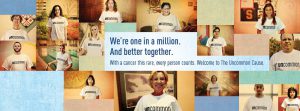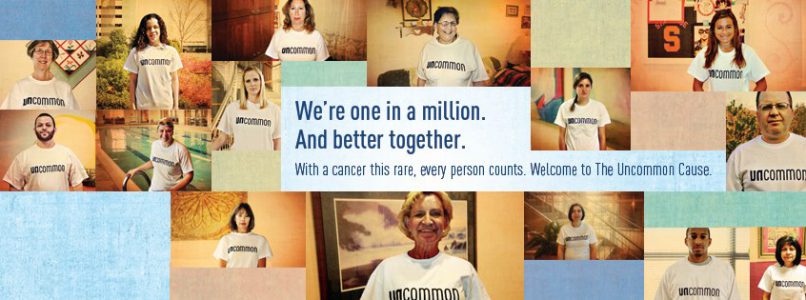Multiple experts have said it in myriad manners: the pharmaceutical industry has some major social anxiety. With a recent report out on social media adoption among the top 50 global drug makers, the verdict is basically this: with the grey territory of FDA, HIPAA, and D2C advertising regulations, pharmaceutical marketers are hesitant to get off the bleachers and ask their patients to dance.
A look at pharma’s sister industries (healthcare and the sciences) reveals that social media adoption and networking can yield massive ROI while staying compliant—outweighing risk with reward. Not only that, challenger brands in these spaces are harnessing their communities to do some pretty amazing things, including expedite clinical trials, dig through masses of data, and even change industry regulation.
Here are some great examples of effective social media strategy, network implementation, and community engagement from the science and healthcare verticals:
Consolidating the community and crowdfunding R&D
When 18 year-old Josh Sommer founded The Chordoma Foundation in 2007, his goal was to find a cure for his one-in-a-million form of malignant bone cancer. To surmount the seemingly impossible funding barriers for research and development, he realized that social media could help him bring together a disperse, global network of researchers specializing in this rare disease.
Through building a Facebook community dedicated to sharing advancements in chordoma R&D, he brought together researchers, with the ancillary benefit of attracting patients and advocates to the first home on the web for chordoma information and support.
This community raised significant funds for early study, and today, the foundation has a thriving research pipeline—and the 7,000 fan-strong Facebook community helped Sommer complete enrollment for a 2014 clinical trial in just two days.
Opening a two-way conversation, and surpassing expert results
Zooniverse is home to the most popular citizen science community in the world. The first Zooniverse project, Galaxy Zoo, was introduced by researchers at the University of Oxford in 2007 to prompt scientists to classify a mass of astronomical photographs.
Unexpectedly, the launch of the Galaxy Zoo website pulled in citizen participants from around the world within hours of going live—and they accurately classified all million photographs that were part of Sloan Digital Sky Survey.
Building off the success of the Galaxy Zoo project, the Zooniverse team expanded their social presence, integrating frequently-updated Facebook, Twitter, Google+, and blog feeds with the site to supply the community with progress updates, assignments, and direct-from-scientist feedback for a growing suite of projects.
Today, Zooniverse has millions of fans active on the Zooniverse channels at any given time, and the advancements in research and discovery from this community continue to be significant—in fact, the Snapshot Serengeti project team just published their first article in the journal Scientific Data<, after thousands of volunteers catalogued millions of images from the Serengeti National Park.
Building your own network, and changing industry policy
Privacy concerns don’t have to be a limitation to social media implementation—especially if you build a proprietary channel, and tier levels of information across commonly used social platforms.
A look at PatientsLikeMe or CrowdMed affirms the power of consolidating communities of patients in pursuit of innovation and support for disease. And by the way, PatientsLikeMe just announced a research collaboration with the FDA to determine how patient-reported data can help change drug safety regulations.
The moral of the story is this: social media is all about empowering people with relevant information and connection to other members of their tribes, whether patients or professionals. Changing delivery from a one-way directives to two-way conversations is immensely powerful—it can also can be good for business, and affirmational for ethics.

And a note to our friends in pharma: we all want to feel part of something bigger than ourselves—plus, most of us are just waiting to say “yes” when we’re asked onto the dance floor.
To get more information on our work with clients in the healthcare, life sciences, and pharmaceutical verticals, send us an email and lets meet up!


